The Costa Brava features a mix of historical monuments and diverse natural sites. The region includes the Girona Cathedral with its monumental nave, museums dedicated to Salvador Dalí, and medieval monasteries like Sant Pere de Rodes. The coastline has natural beaches, rocky coves, and botanical gardens by the sea. The archaeological sites of Empúries and the fortified medieval villages reflect the region's history.
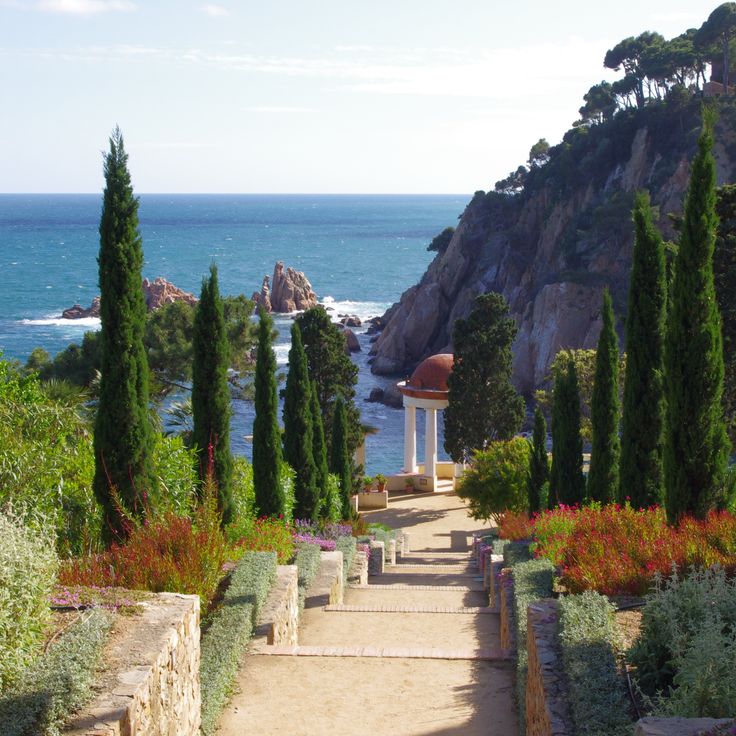
Blanes, Spain
These gardens, created in 1920 by Carl Faust, contain over 4,000 species of Mediterranean and tropical plants on terraces facing the sea.
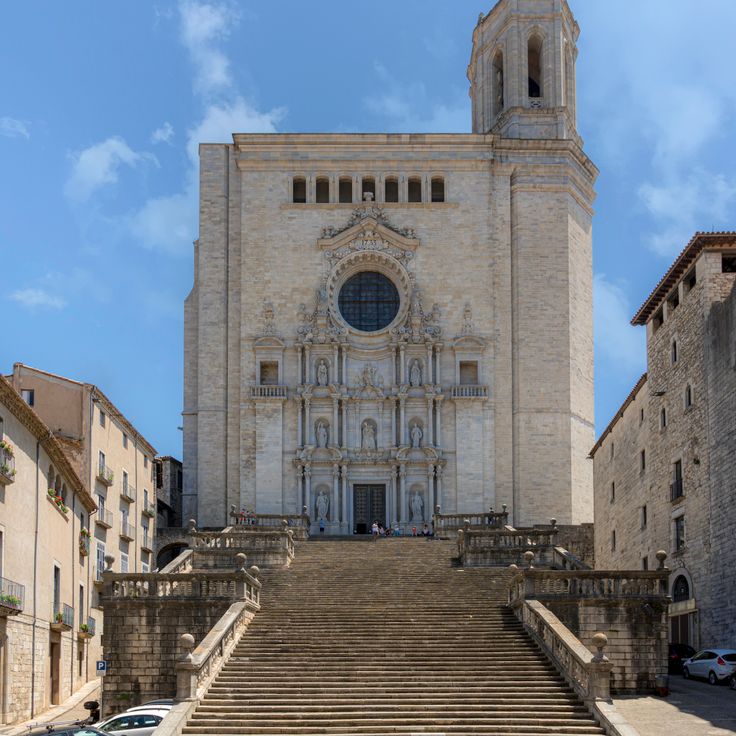
Girona, Spain
Religious monument built between the 14th and 17th centuries, characterized by its central nave of 23 meters wide. The building blends Romanesque and Gothic styles.
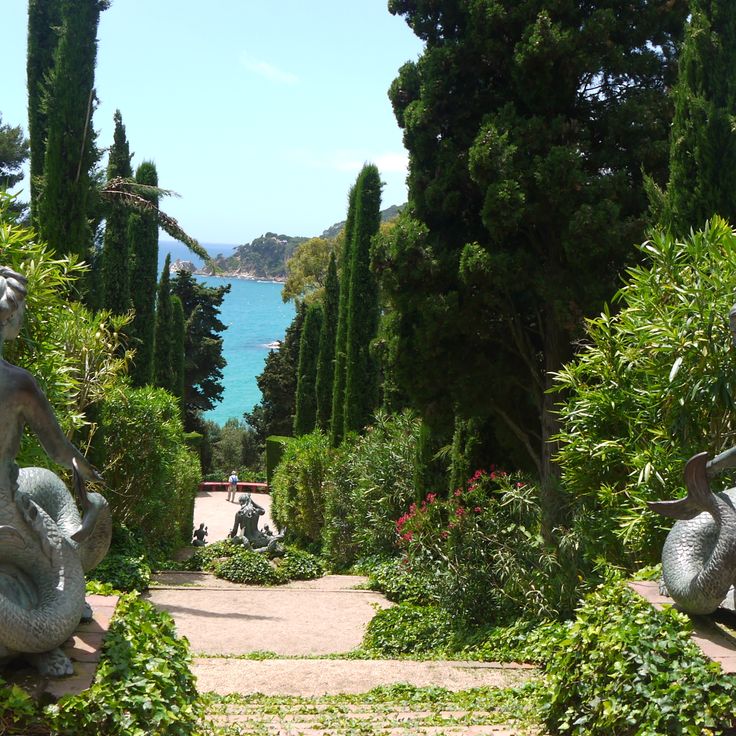
Lloret de Mar, Spain
Mediterranean gardens established in 1919 on a hill overlooking the sea. The terraces are adorned with sculptures, fountains, and stone stairways.
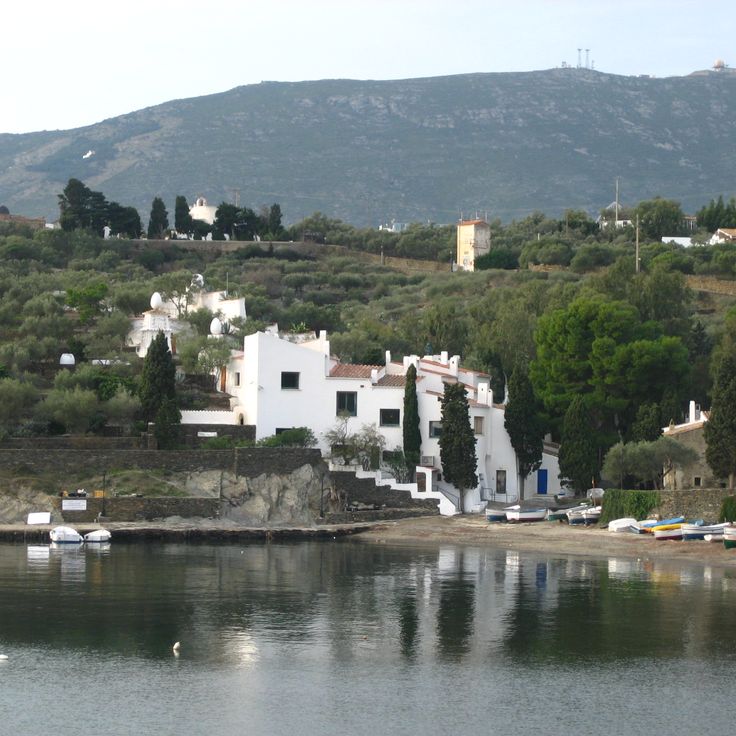
Port Lligat, Spain
Fishermen's house transformed by Salvador Dalí between 1930 and 1982. The rooms retain the artist's furniture and personal items.
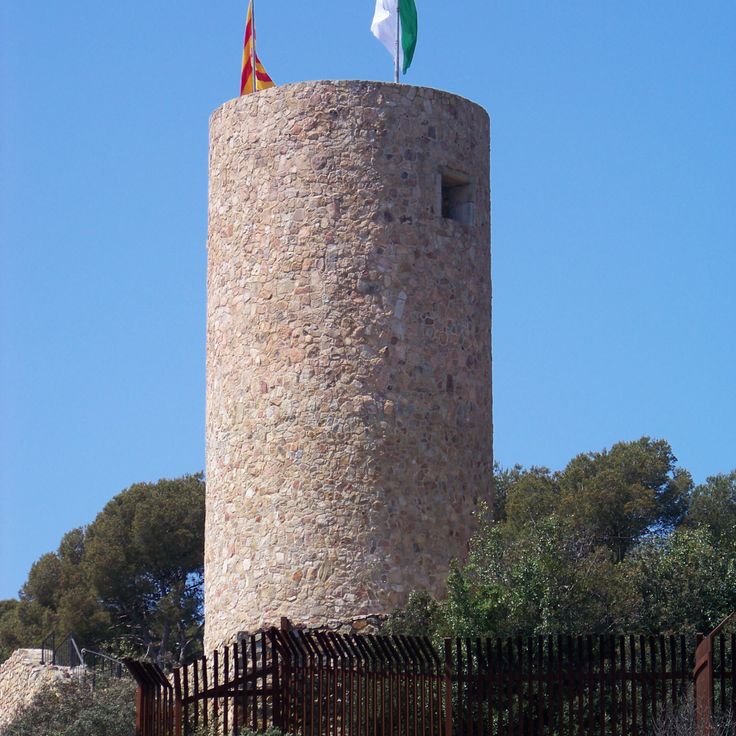
Lloret de Mar, Spain
Military fortress built in the 11th century on a hill 40 meters high. The keep offers a view of the coast and the town.
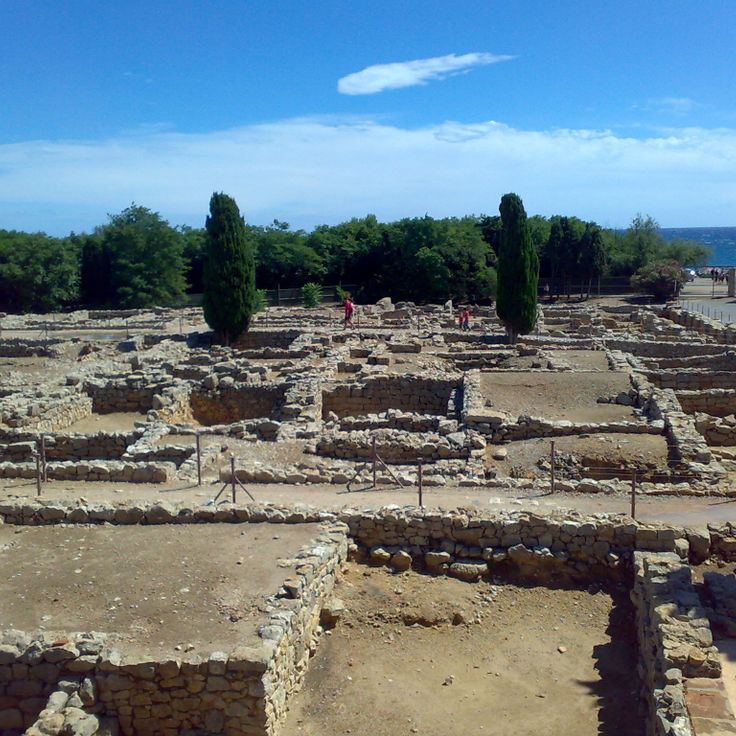
L'Escala, Spain
Archaeological site featuring the remains of a Greek city from the 6th century BC and a Roman city from the 1st century BC, including mosaics, baths, and a forum.
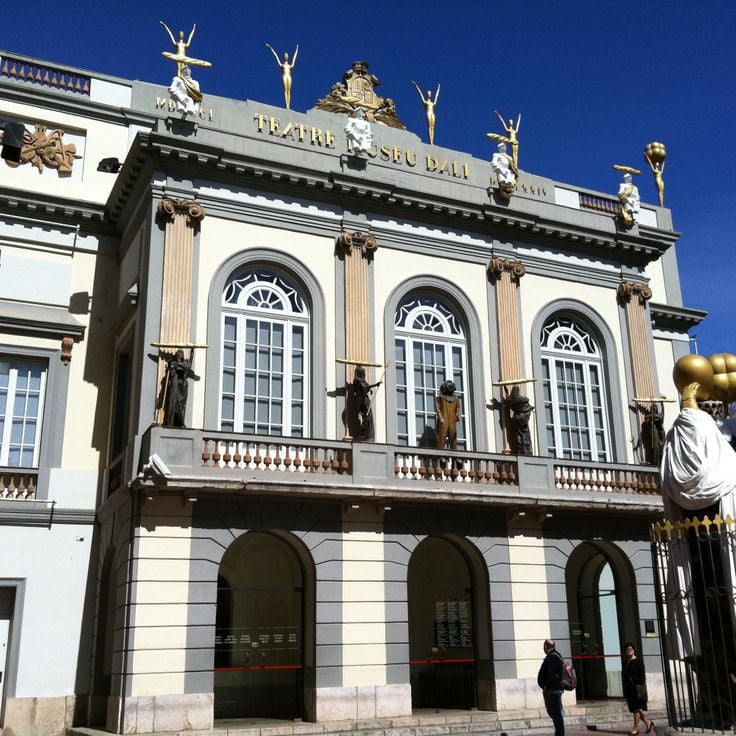
Figueres, Spain
The museum occupies the former municipal theater of Figueres and houses the permanent collection of Salvador Dalí's creations, including paintings, sculptures, and surrealist installations.

El Port de la Selva, Spain
This Romanesque monastery built on Mount Verdera dates back to the 9th century. Its architecture includes three naves, a cloister, and a defense tower with views of the Mediterranean.
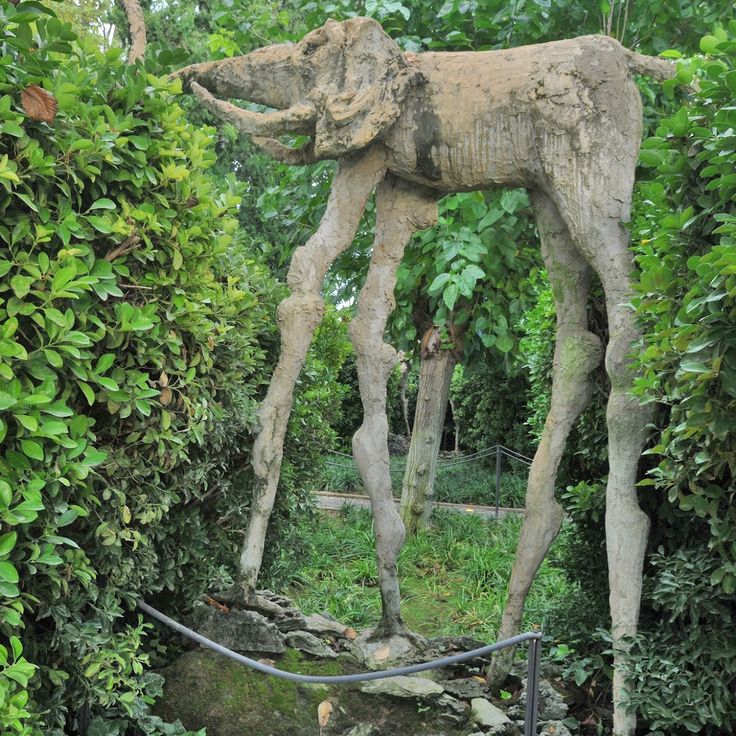
Púbol, Spain
Medieval residence restored by Salvador Dalí between 1969 and 1979 for his wife Gala. The gardens feature fountains and sculptures.
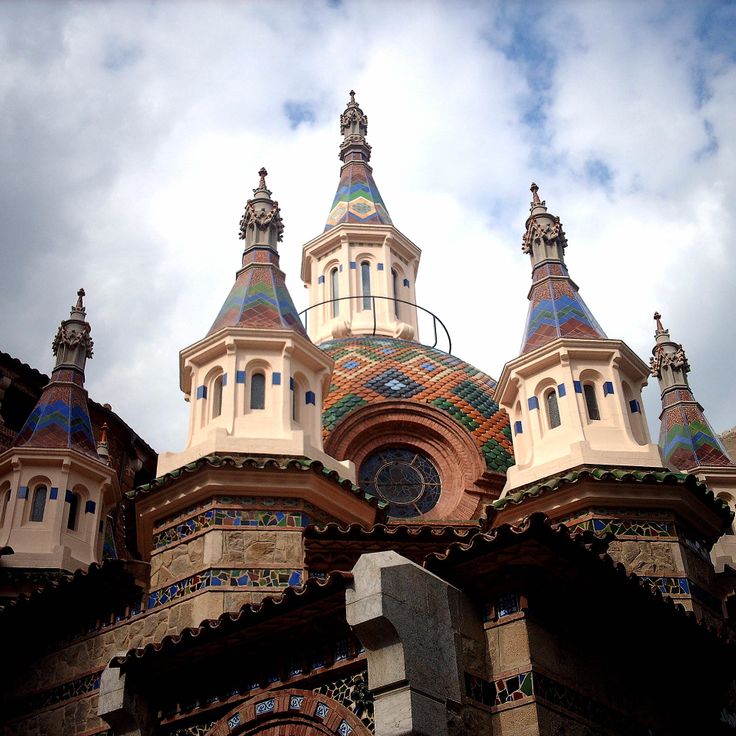
Lloret de Mar, Spain
Romanesque church from the 14th century with colorful stained glass windows and a central nave. The square bell tower dates from the same period.
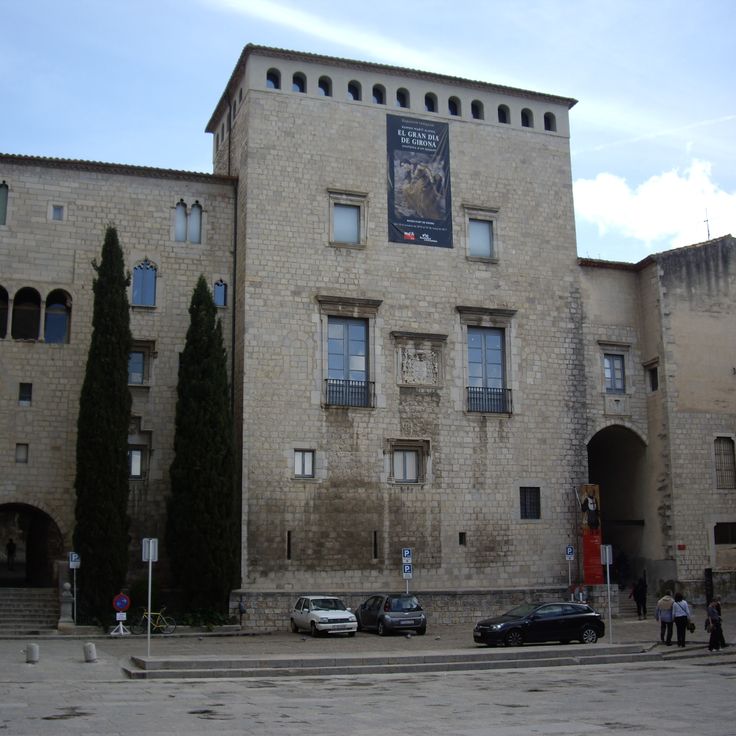
Girona, Spain
Cultural institution displaying works from the 10th to the 20th century, including Romanesque and Gothic altarpieces, paintings, and sculptures.
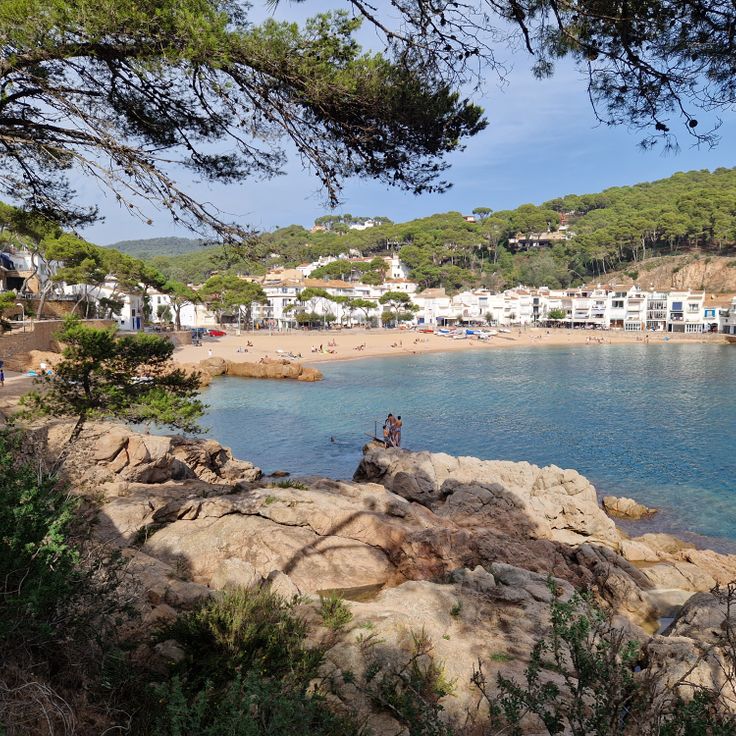
Palafrugell, Spain
Sandy beach lined with pine trees, with seafront restaurants and sunbed rental services.
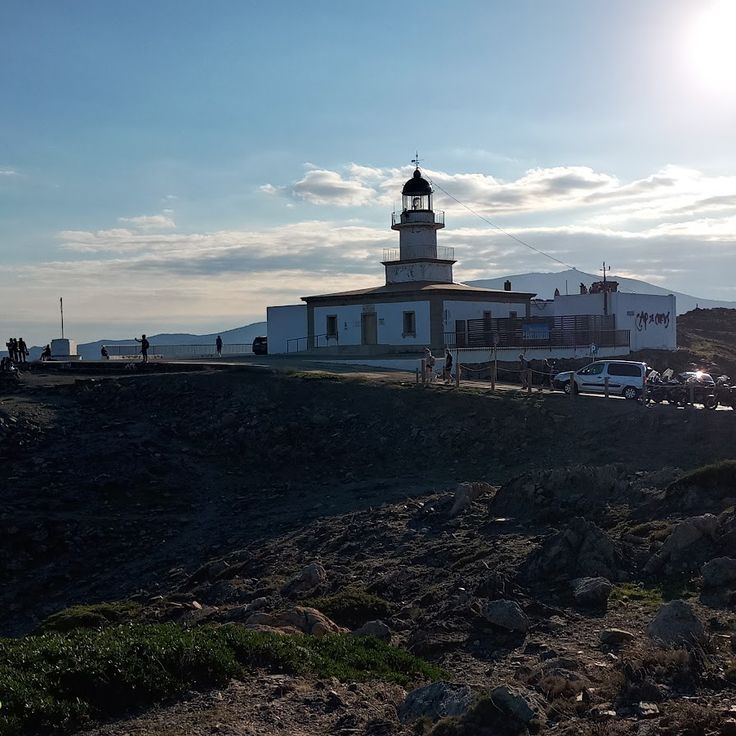
Cap de Creus, Spain
Nature reserve covering 13,886 hectares characterized by granite cliffs, isolated coves, and Mediterranean vegetation adapted to the winds.

Sant Feliu de Guíxols, Spain
Benedictine monastic complex founded in the 10th century with a Romanesque church, a cloister, and a 16th-century defense tower.

Tossa de Mar, Spain
12th-century military fortress built on a hill with walls, watchtowers, and a lighthouse offering perspectives on the coast.
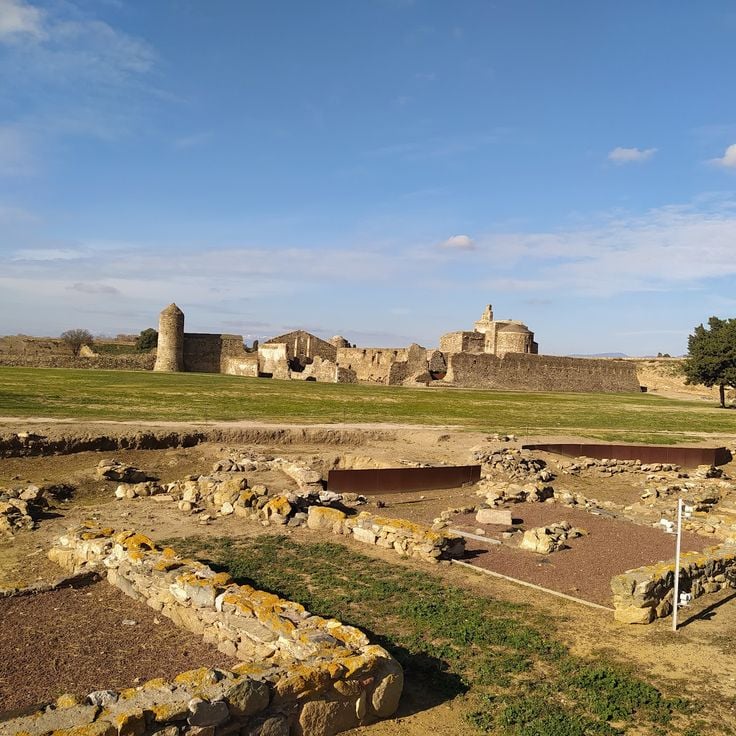
Roses, Spain
Fortified site of 131,000 square meters with ramparts, towers, and Roman remains above the Gulf of Roses.

Pals, Spain
Historic center from the 12th century with stone streets, a Romanesque church, a Gothic tower, and houses with ornate windows.

Tossa de Mar, Spain
14th-century fortifications with three main towers, walkways, and stairs leading to observation points.
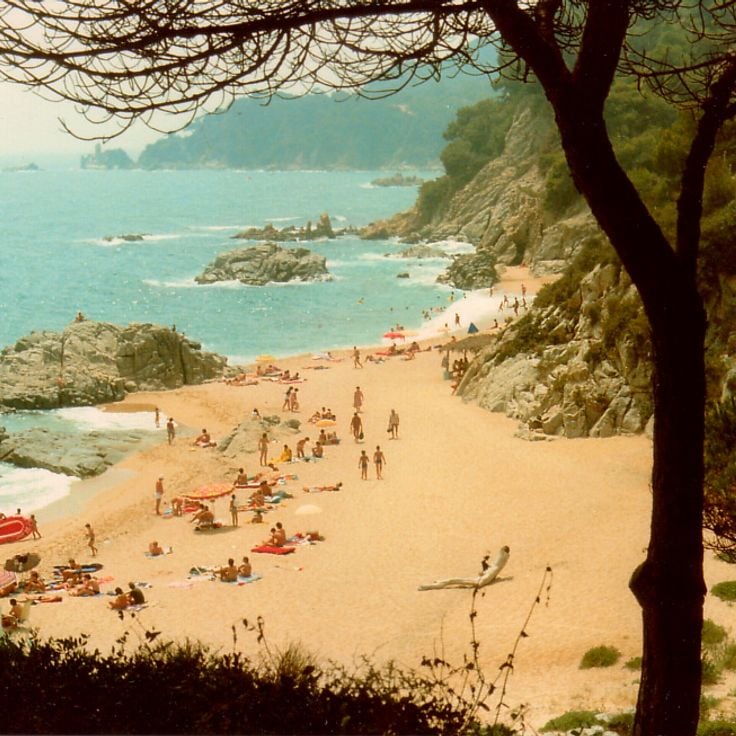
Lloret de Mar, Spain
Natural beach surrounded by cliffs and pines, with golden sand and shallow waters. Water sports equipment rental point.

Calella de Palafrugell, Spain
Terraced slopes on the cliff showcasing Mediterranean and exotic plants with a cactus collection and sculptures along the paths.
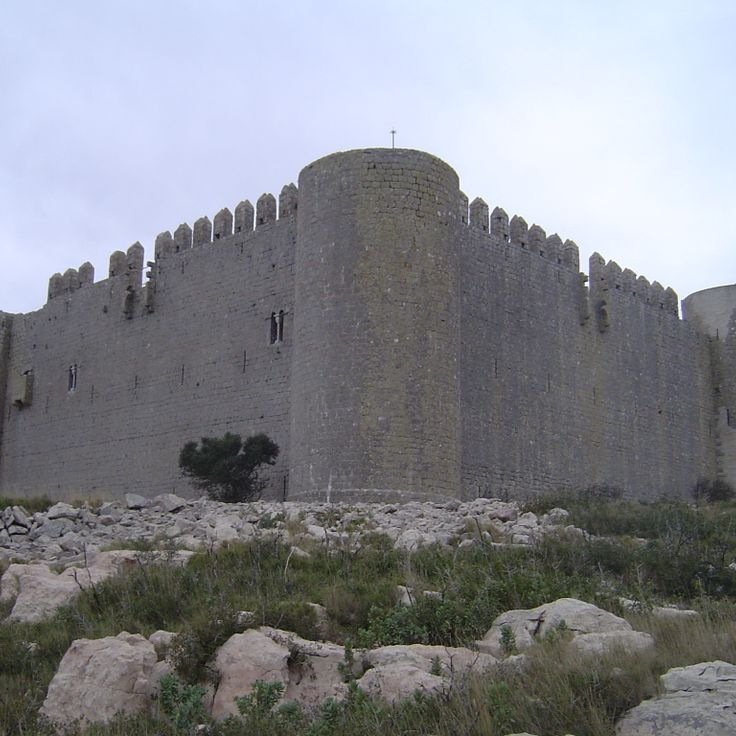
Torroella de Montgrí, Spain
Gothic fortification from 1301 located at 315 meters altitude on the Montgrí massif with walls 13 meters high.
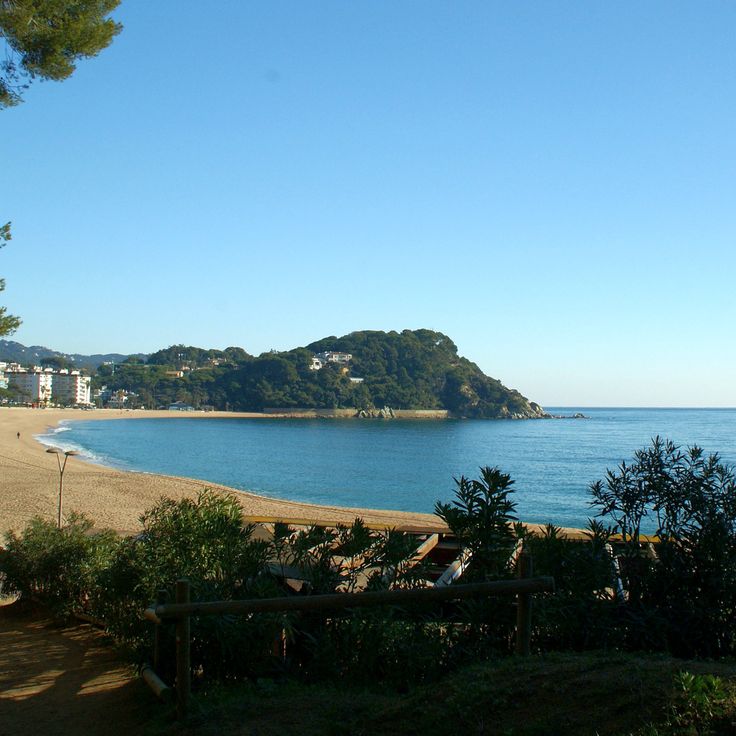
Lloret de Mar, Spain
700-meter sandy beach with water sports equipment rental, seaside restaurants, and trails through the pine forest.

Lloret de Mar, Spain
Aquatic center with several outdoor pools, thrilling slides, and children's play areas. Resting areas and restaurants on-site.
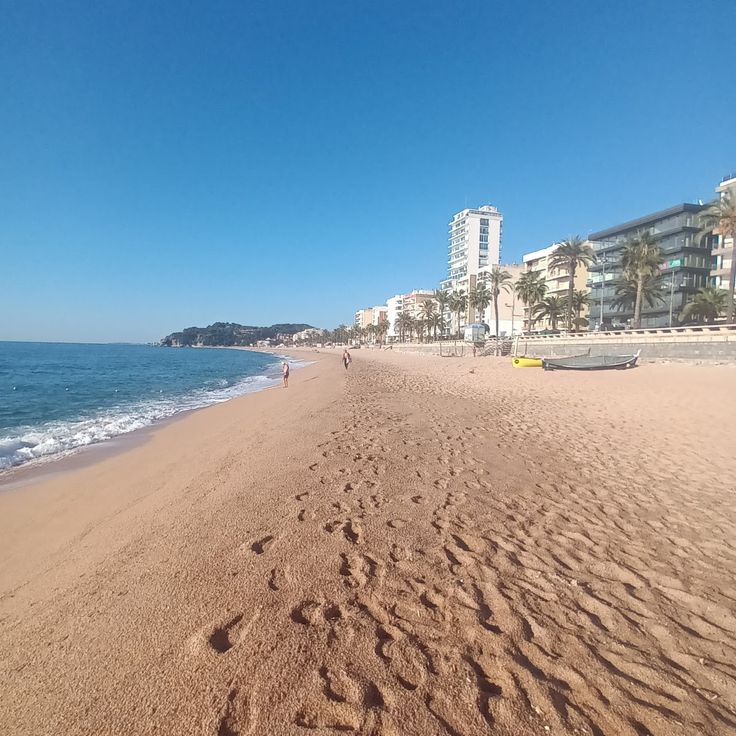
Lloret de Mar, Spain
Main sandy beach stretching 1.6 kilometers with amenities, public showers, sunbed rental, and numerous nearby restaurants.

Begur, Spain
Pebble beach in a natural bay bordered by traditional fishermen's houses. Several fresh fish restaurants in the vicinity.
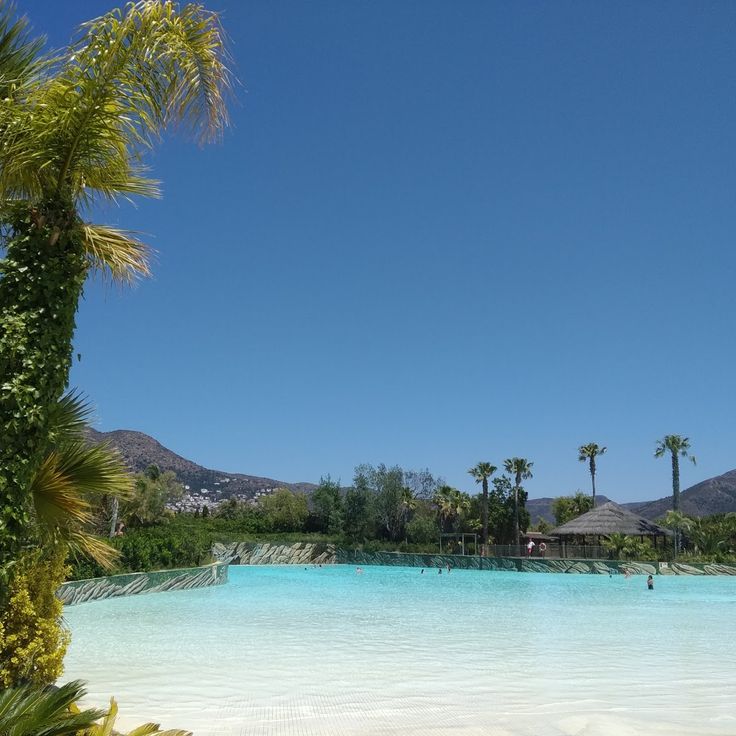
Roses, Spain
Water park with various pools, themed pools, slides for both children and adults, and relaxation zones around the pools.
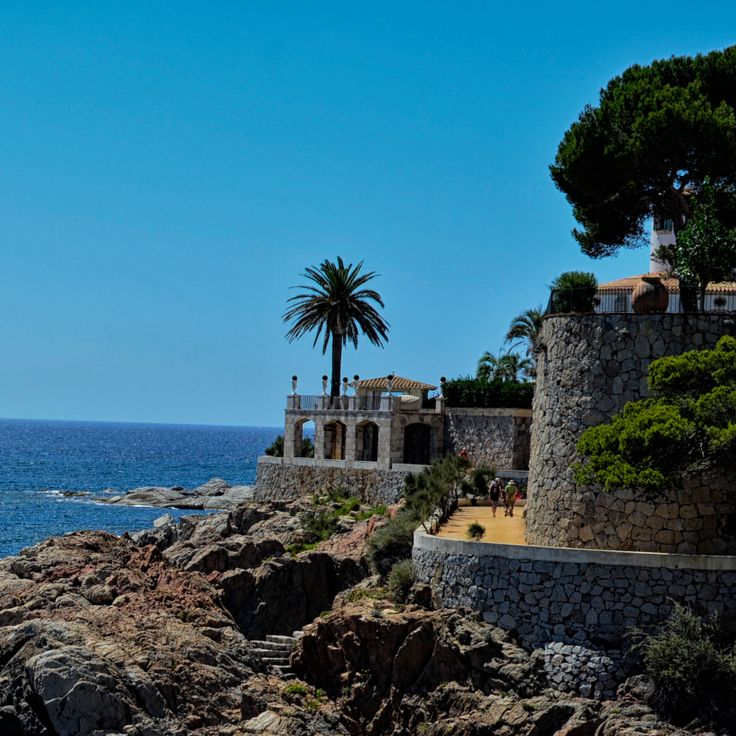
Costa Brava, Spain
Walking trail along the coast covering 43 kilometers, passing by coves, cliffs, and natural rock formations.
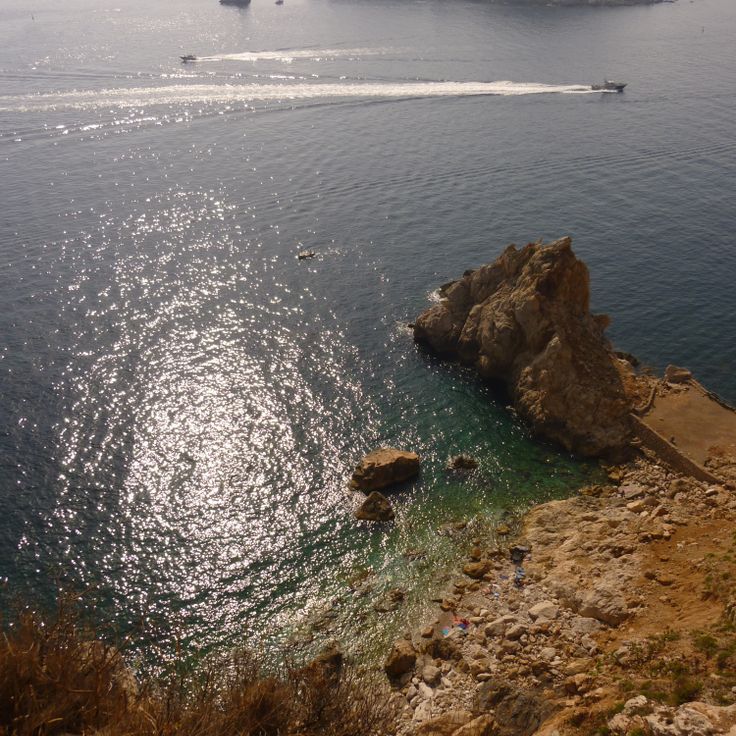
L'Estartit, Spain
Archipelago of seven protected islands offering diving spots with corals, underwater caves, and a variety of Mediterranean fish.
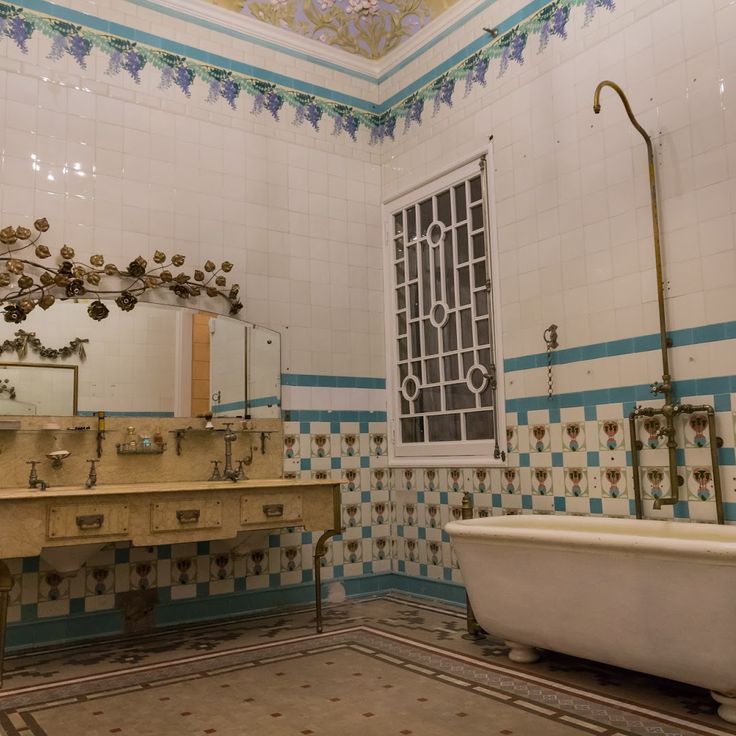
Lloret de Mar, Spain
19th-century residence transformed into a museum showcasing the lifestyle of the Catalan bourgeoisie with period furniture and objects.
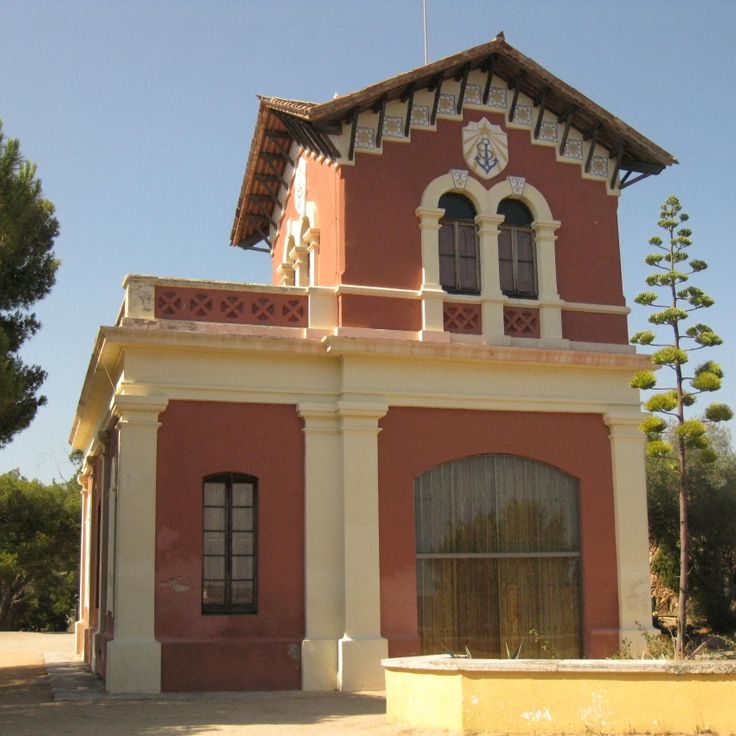
Sant Feliu de Guíxols, Spain
Maritime rescue station built in 1904 to assist fishermen. The building hosts an exhibition on local maritime history.
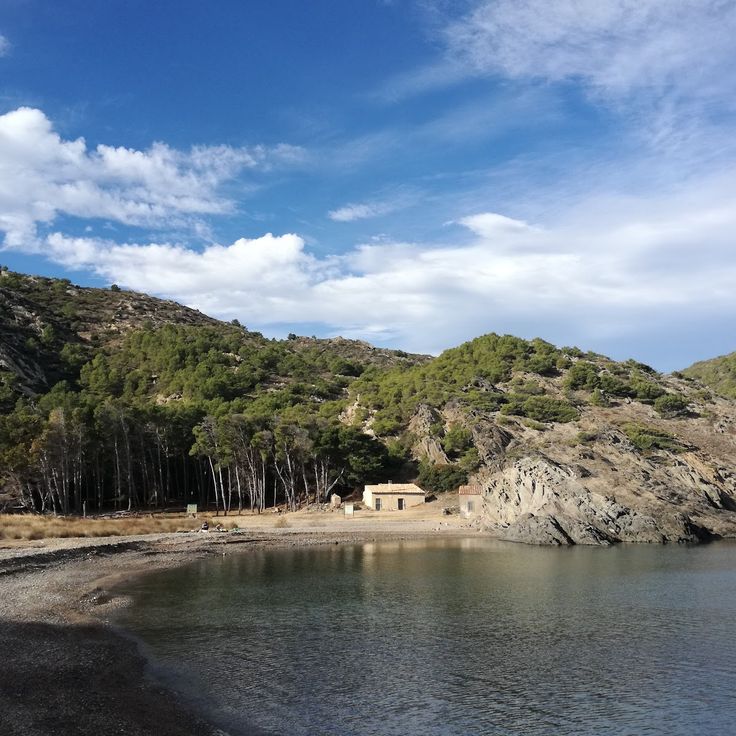
Cap de Creus, Spain
Beach accessible via a 45-minute trail in the Cap de Creus natural park. The waters are suitable for diving.
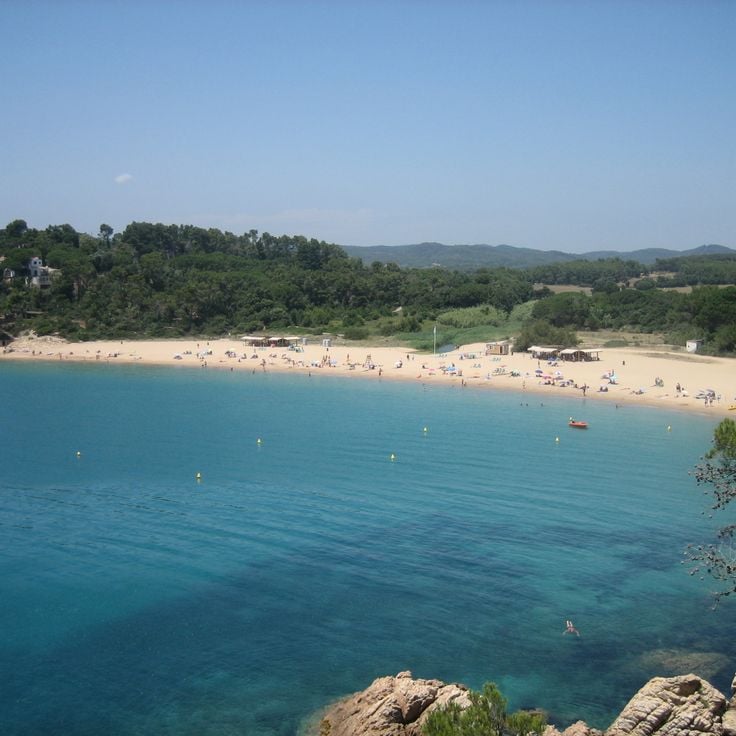
Palamós, Spain
300-meter stretch of sand located in a protected natural area. Trails lead to the remains of an Iberian village.






























